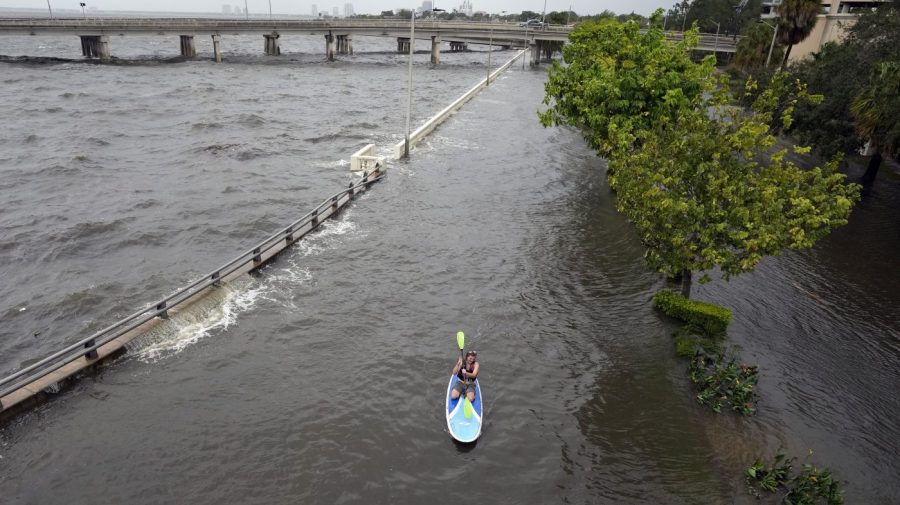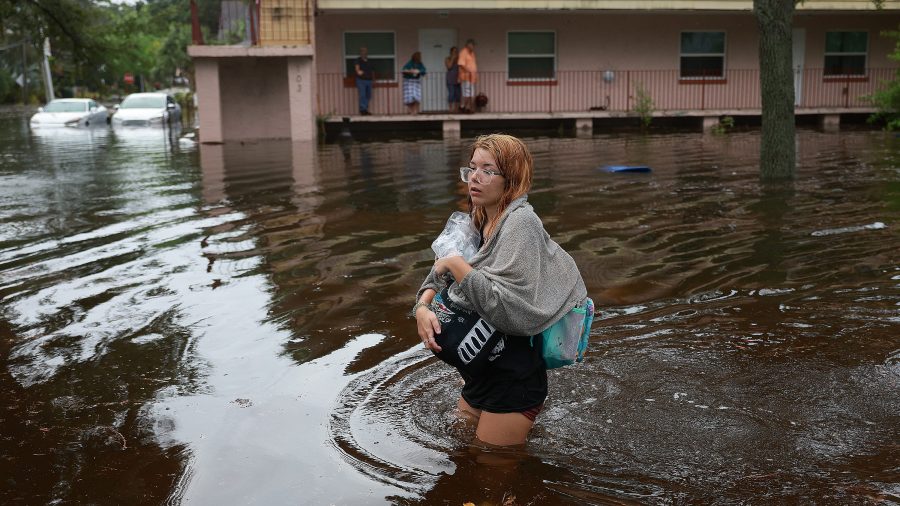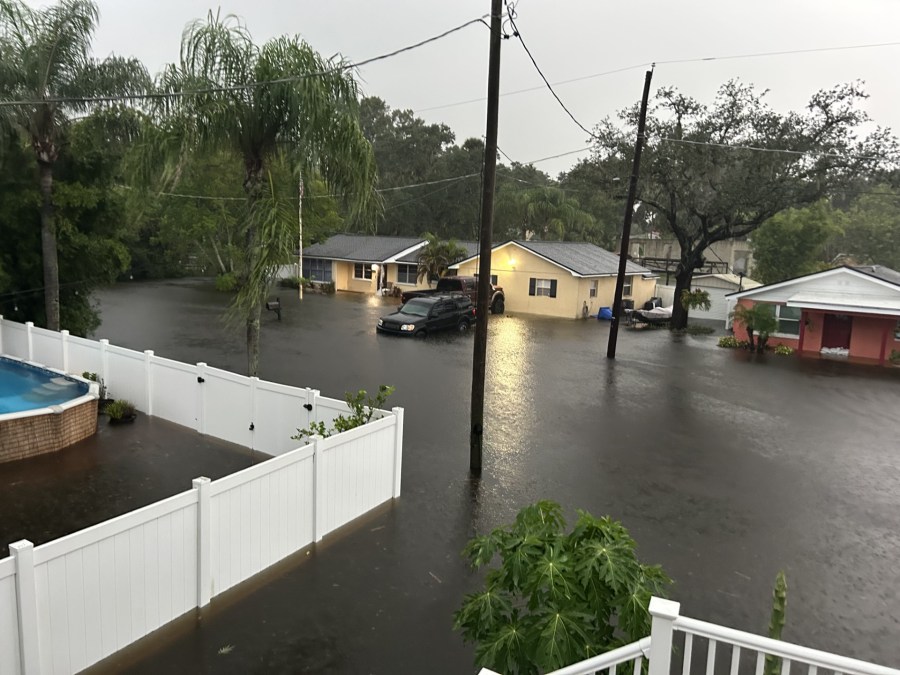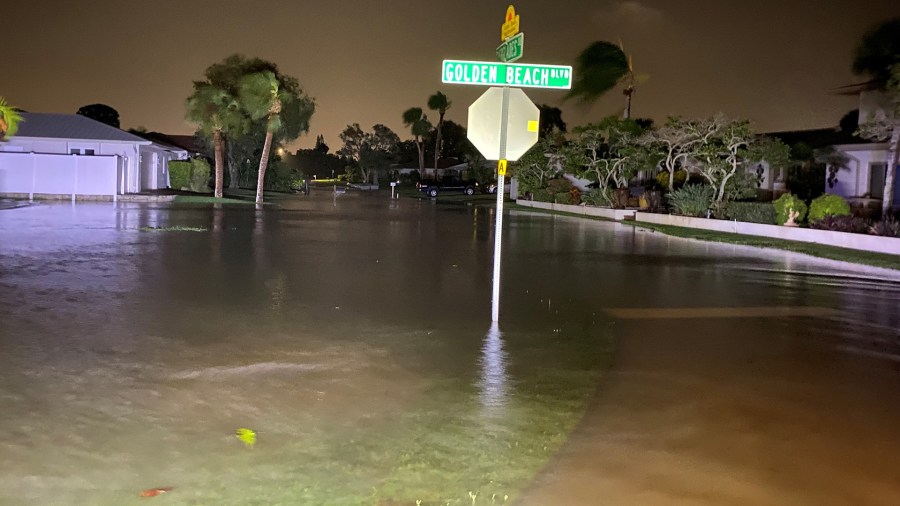Video above: The National Hurricane Center’s maps will look different this upcoming season
TAMPA, Fla. (WFLA) — A report from the National Hurricane Center gives new insight into Hurricane Idalia’s impact on Florida’s Gulf coast last year.
The NHC released its findings in a tropical cyclone report Wednesday, over five months after the storm struck Florida as a major hurricane.
Idalia intensified rapidly from a tropical storm to a major hurricane on Aug. 29, 2023 as it approached the Gulf coast. The storm reached peak winds of 132 mph, making it a short-lived Category 4 hurricane before it weakened slightly ahead of landfall.
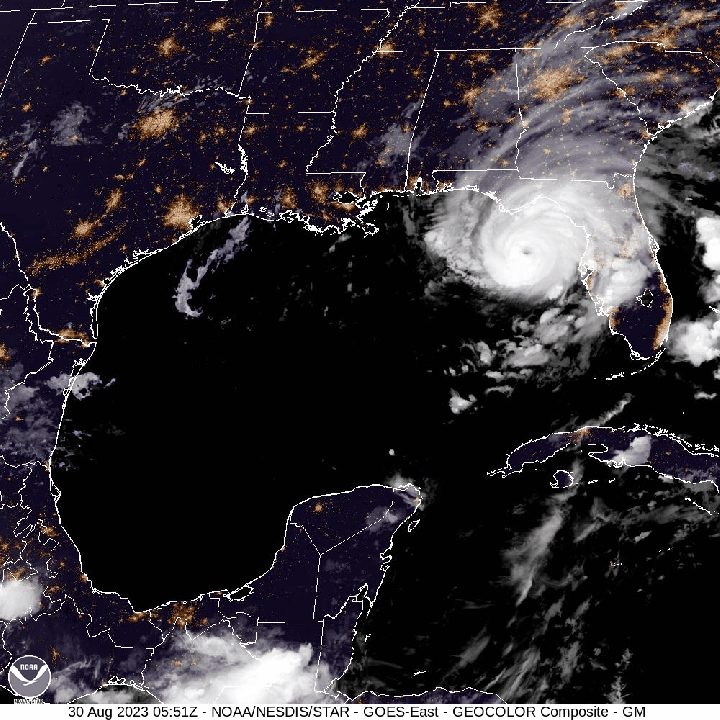
The storm came ashore at around 7:45 a.m. on August 30 near Keaton Beach, located in the Big Bend region of Florida. It was the third-largest hurricane to hit the Big Bend, only behind the 1896 Cedar Key Hurricane and Hurricane Easy in 1950, according to the NHC report.
12 deaths were attributed to the storm, eight of which were direct. All of the direct fatalities were caused by rip currents and rough seas.
In Florida, a 60-year-old man drowned while windsurfing on the Atlantic coast. Another person was killed by a falling tree while cleaning up after the storm.
Rough surf claimed seven lives off the southeastern U.S. coast: three in North Carolina, three in New Jersey and one in Delaware. An additional indirect death was caused by a falling tree in Georgia.
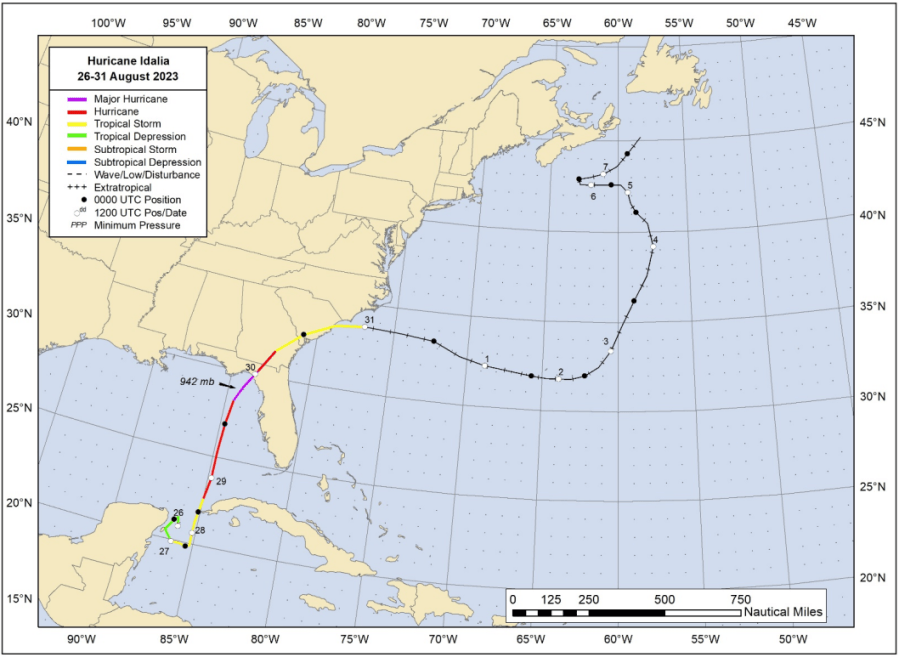
The Big Bend region of Florida is largely undeveloped and rural, which meant Idalia’s surge and winds resulted in less damage than other storms that recently struck the Sunshine State. The relatively remote location also meant there were no measurements of Idalia’s sustained hurricane-force winds.
According to the NOAA National Centers for Environmental Information (NCEI), the estimated damage from Idalia is $3.6 billion, most of which occurred in the Big Bend. The total cost of the damage is believed to have ranged from $2.6 to $4.2 billion.
The agriculture industry in north Florida took a sizable hit from the major storm. Farmers reported the loss of buildings, trees, peanut and cotton crops, infrastructure, irrigation rigs, aquaculture and livestock.
Idalia’s devastating storm surge reached miles inland along the coasts of Taylor and Dixie counties. The storm produced 8-to-12 feet of surge above normal sea levels, inundating businesses, homes and infrastructure. The NHC said the impacted structures and infrastructure “will take a considerable time to rebuild.”
The Tampa Bay area saw 3-to-5 feet of surge, with a National Weather Service station on Hillsborough Bay indicating the surge reached 5.7 feet above normal tides (though the surge did not occur at high tide). The surge flooded Bayshore Boulevard in Tampa and locations along the coast, while some inland areas were affected by river flooding.
Trailing ran bands brought 4-to-8 inches of rain to parts of southwest and west-central Florida. A weather station at Sarasota-Bradenton International Airport measured Idalia’s sustained winds at 42 mph, with 61 mph wind gusts, just before 2 a.m. on August 30.
Idalia spun up 12 tornados, including an EF-0 in west central Florida – the only one in the state.
The 2023 Atlantic hurricane season ranks fourth for the most named storms in a year since 1950. Idalia was one of seven hurricanes – three of which were major hurricanes – and the only one to reach the mainland U.S.
